Esther Wiederhold
Your artworks are striking for their expressive eyes and vibrant colors. What inspires your choice of subjects and color palette?
I am inspired by photos of interesting people, especially women. I search the internet and magazines for strong expressions. I search for stories in the faces of people when I walk through the city. I look into children’s eyes and try to feel what they feel. I particularly emphasize the eyes to be large and intense, because they reflect the soul. The colors reflect the expression of the emotions of the depicted person. I work with bright colors because the soul is colorful.
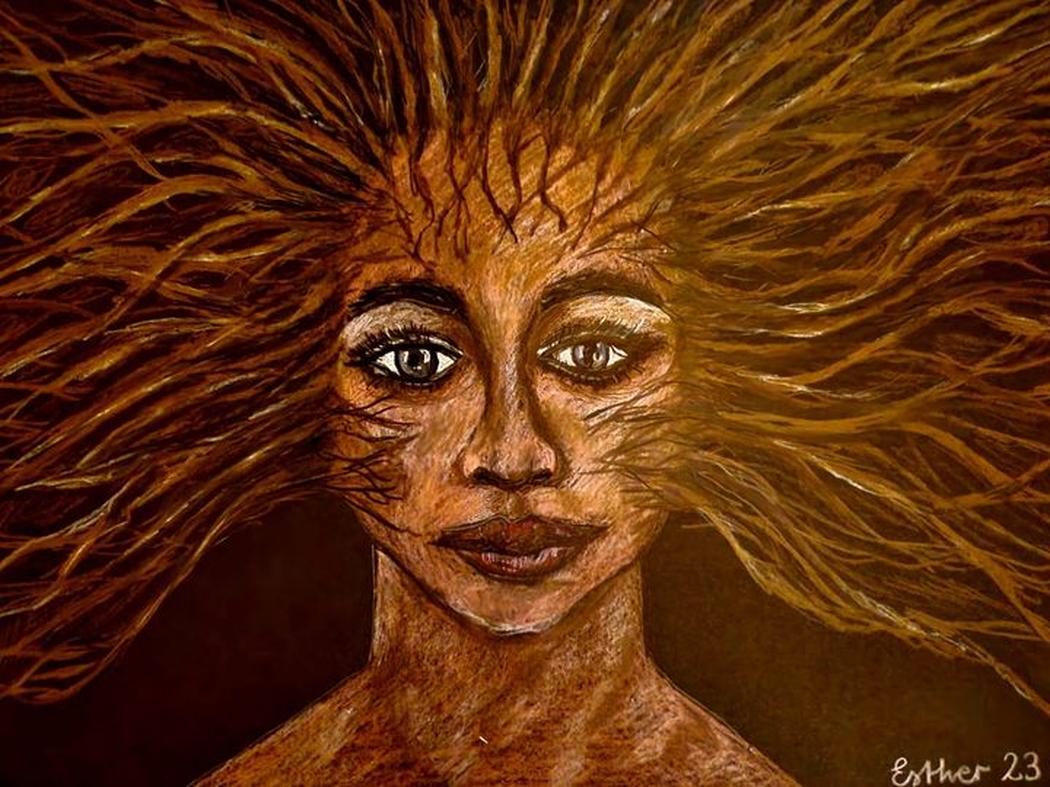
Many of your portraits depict children with powerful emotional presence. What draws you to portray childhood?
I portray children to represent innocence and sensitivity. It is their carefree nature with which they approach life. The children’s images are meant to express human dignity, the inherent dignity of every person. A child approaches the world joyfully and innocently at first. Furthermore, I have been working with children for 35 years.
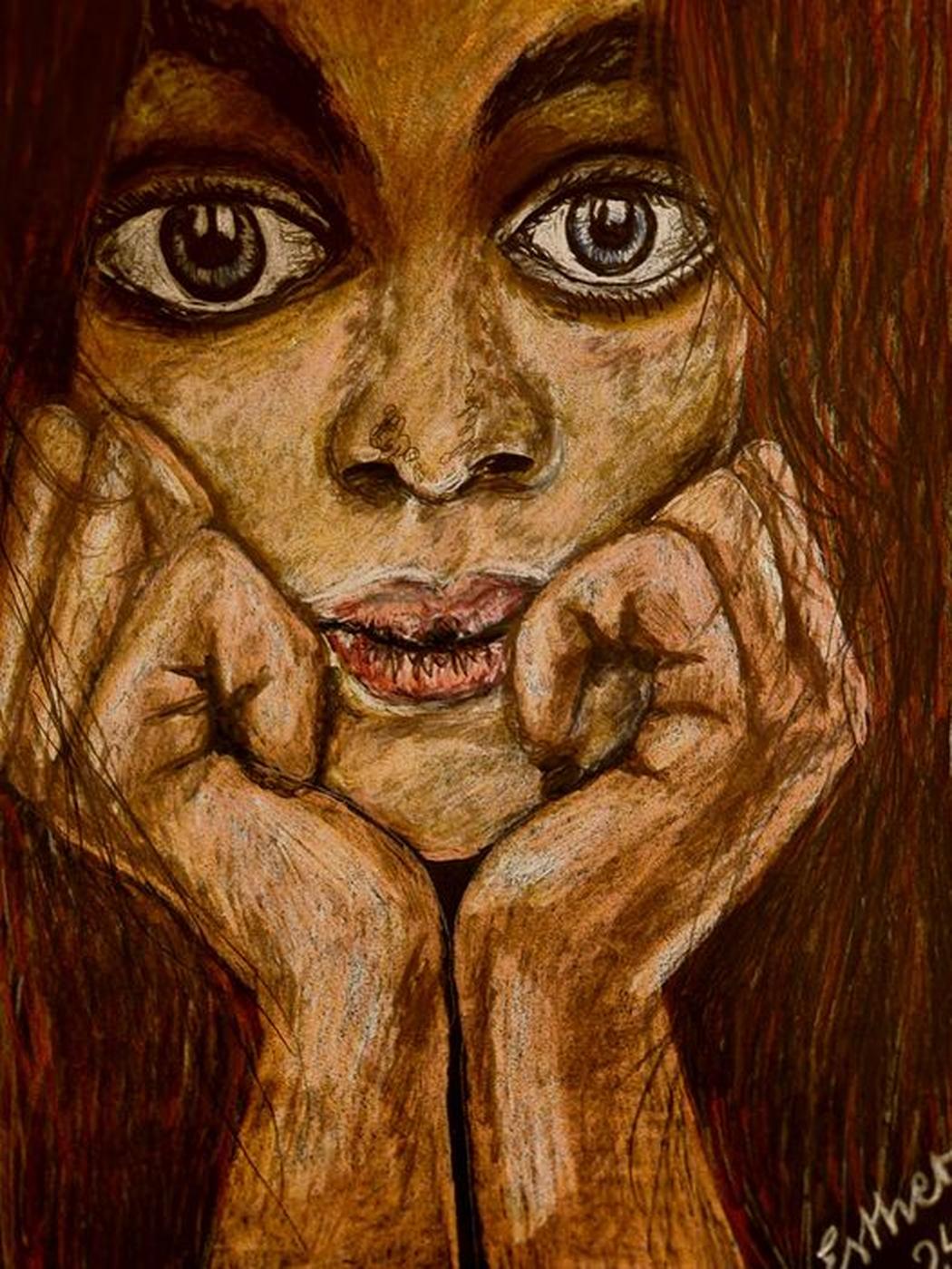
How does your background in education and your teaching experience influence your artistic process?
I studied at the University of Fine Arts in Kassel and have been working as an art teacher for 35 years alongside other subjects that I teach. Art has always been a very big theme in my life, and I have always spent my free time with creativity. I am interested in colors and people. I have been inspired by interesting and strong women and read biographies of female artists. However, personal life circumstances have repeatedly challenged me to immerse myself deeply in my art, which has helped me a lot.
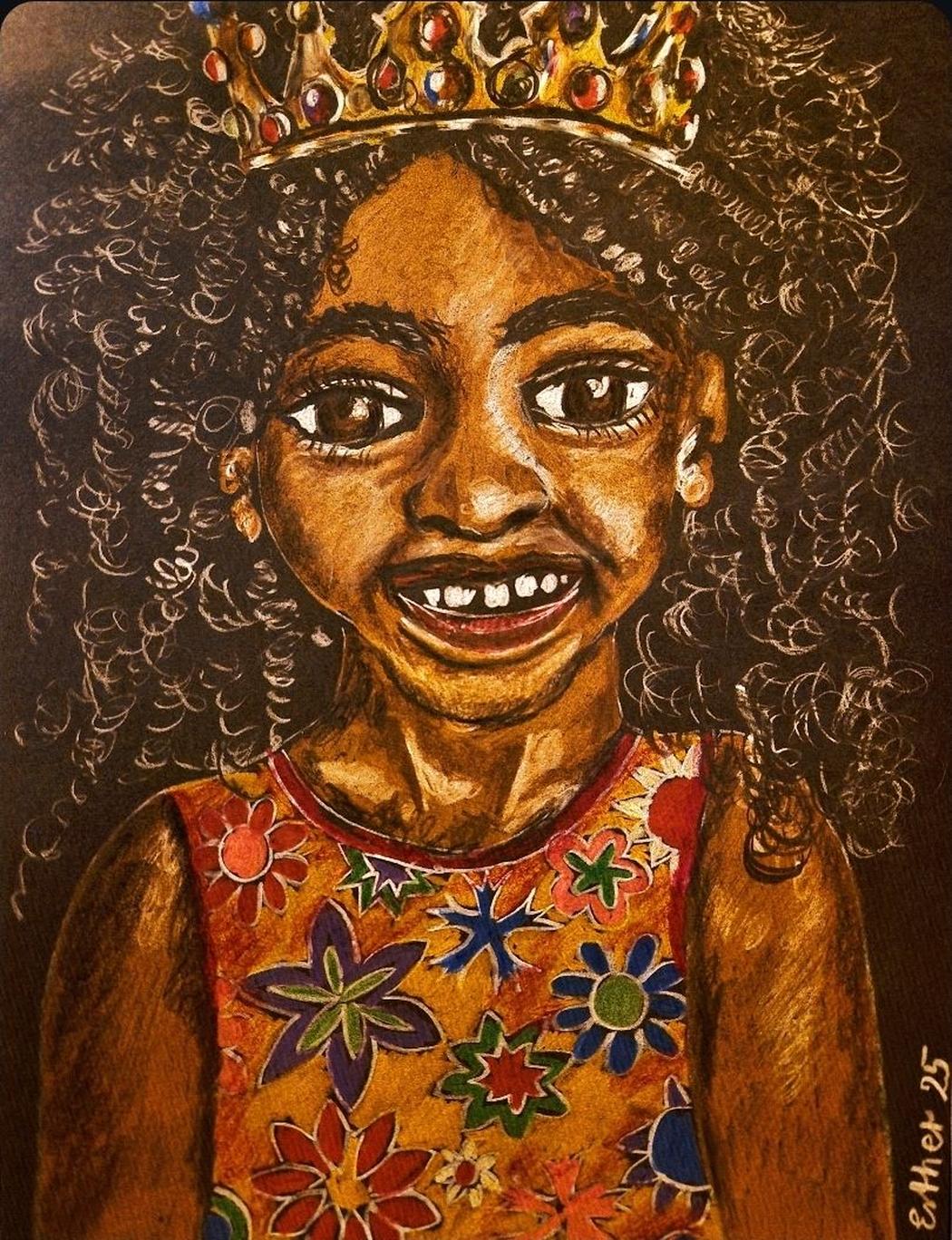
You describe yourself as an outdoor artist. Could you tell us more about your “art trails” and the idea behind presenting your works in outdoor environments?
I have been living in a very small village right by the edge of the forest for over 25 years. I have always been very close to nature through my dogs. I spend about 10 hours a week in the forest. We have set up a small art trail in our village, and I was very inspired to create my paintings for nature. Trees mean a lot to me. When you exhale, your breath passes through the tree and emerges again as oxygen, which you then inhale again. In this way, I am connected to my trees. So I had the idea to pave my world and my forest with colorful pictures. The tree benefits from my pictures and the pictures benefit from the tree, as the foliage changes throughout the seasons and changes color. The pictures thus always receive new backgrounds. In spring, they appear more cheerful and brighter, in autumn warmer and earthier.
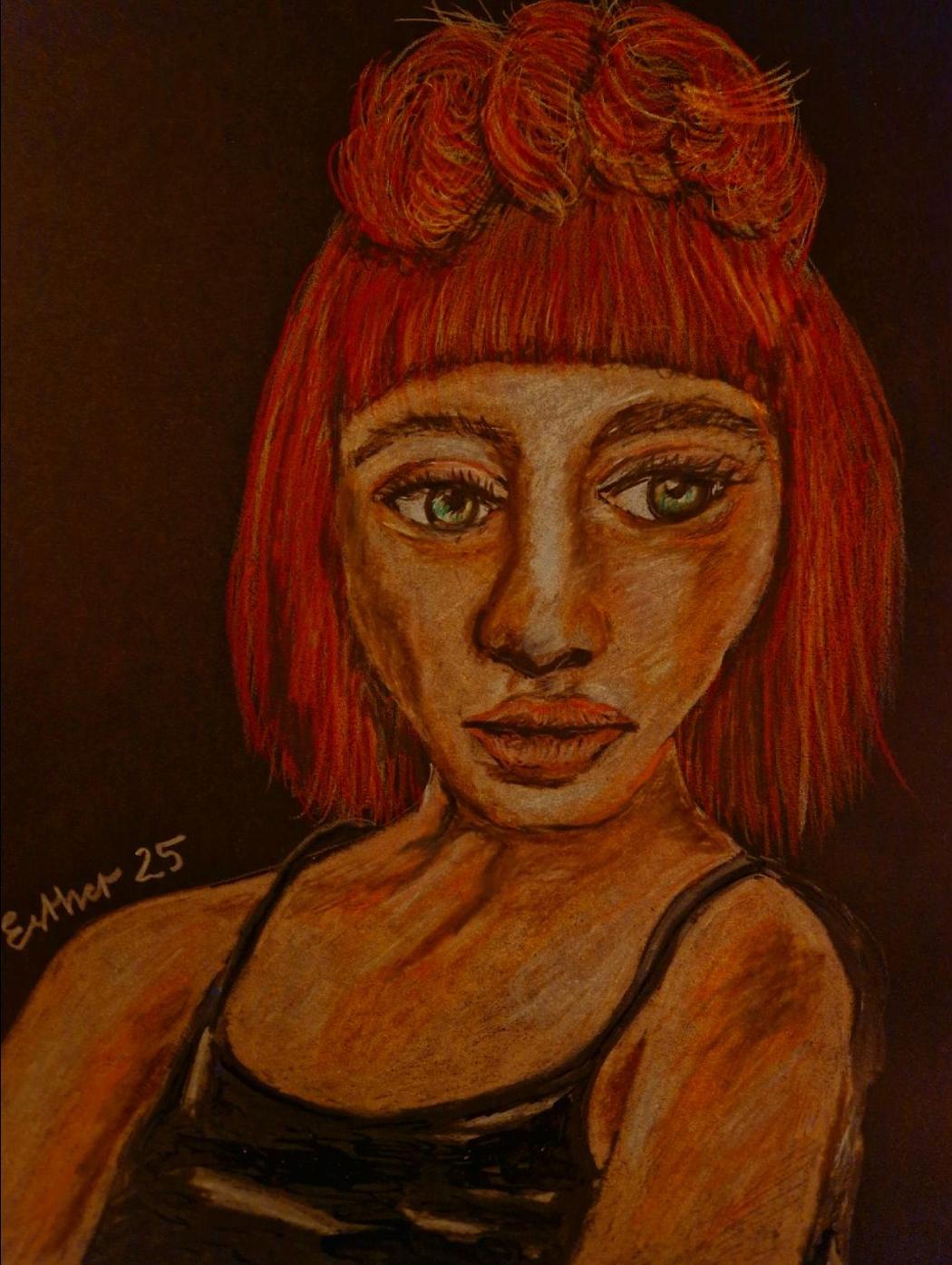
What are the technical steps you take to transform your original artworks into large outdoor pieces on aluminum?
For the outdoor images, I need to photograph my Polychromo drawings and enlarge them. I then have them brushed on aluminum or cast in acrylic. This way, they can hang weatherproof outdoors in selected locations. Even at friends’ gardens or carports, my outdoor pictures hang and make the world around me colorful.
How do people usually respond to seeing art in public spaces compared to galleries or museums?
For my art, I can say that people are pleased. In particular, children react very emotionally with loud calls when they discover one of my colorful pictures among the trees, between bushes and branches. It has something mystical about it. I enchant the world a little bit. I try to create a deeper connection to nature by providing food for thought. All my pictures mean something. I give them names and add quotes or my own words. They are truths about life or suggestions on how to deal with the world, with others, and with oneself. So, I can say of my art that it evokes emotions. They are different feelings than what a picture on a white wall in a museum can evoke. My paintings are seen by families with children on a walk, by lonely hikers, or even by sad, happy, in-love people. I certainly evoke something completely different each time. But I especially love the children. One cannot equate an artistic experience in the forest with an artistic experience in the museum. The greatest artistic experience remains nature itself.
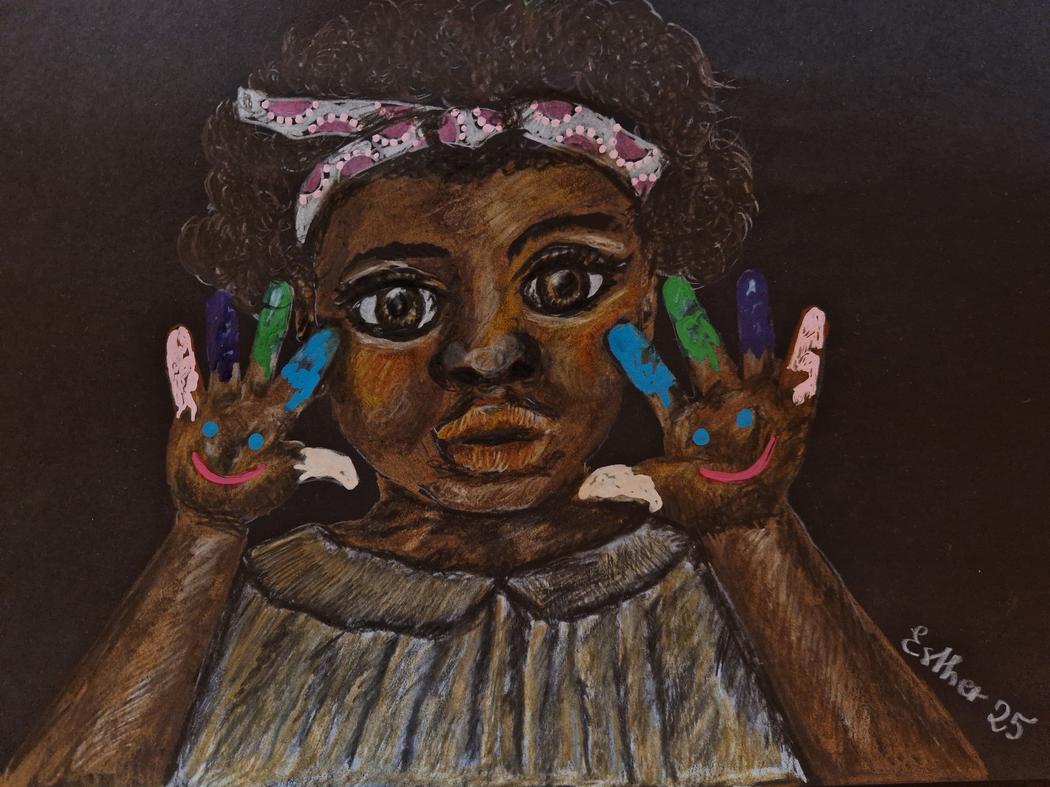
Do you see a connection between art and nature in your practice?
Nature itself is a work of art that I initially only decorate. When I decide to gift a tree a picture of myself because it is special or has a special place, the picture begins to interact with the tree and they benefit from each other. Throughout the day, there are various reflections of light. The tree and the picture experience the sunrise, the colors of autumn, the dreary November days, and the snow of winter. The picture always appears different. It tells new stories. Over the years that my pictures have been hanging in nature, they have connected themselves with it. I often walk by them during my walks, and now I feel that they have truly become a part of nature. My pictures have also given me something. My world has become colorful and cheerful.

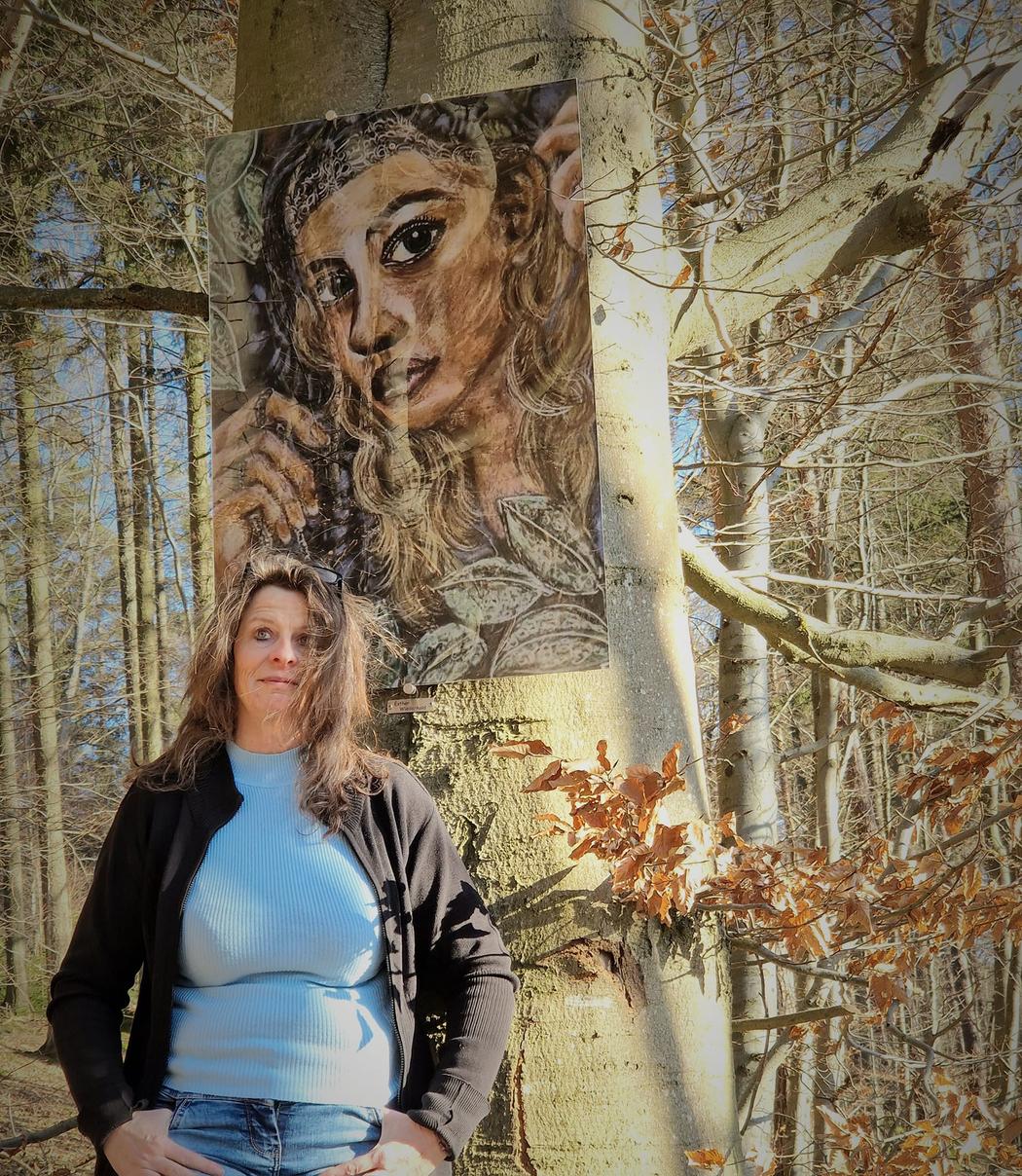
Leave a Reply
You must be logged in to post a comment.